Istanbul where Asia and Europe meet is one of historical wonderment and contemporary innovation. Once referred to as Constantinople, the Turkish city is a cornucopia of cultural discovery. These 17 photographs only scratch the surface of all the extraordinary landmarks and attractions Istanbul has to offer.

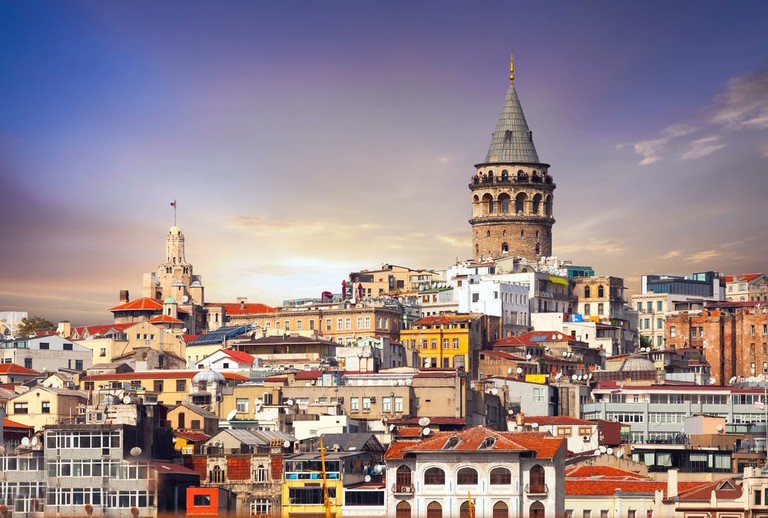
Like something out of a fairytale, the Galata Tower pierces Istanbul’s skyline with it’s conical cap. It’s the perfect place to get an unrivalled panoramic view of the sprawling city and even better now that there is a restaurant and bar on the upper floors.
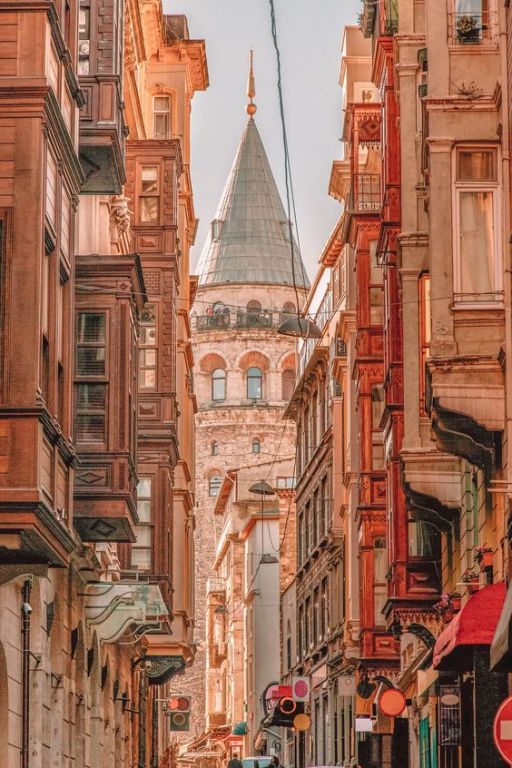
The Galata Tower is one of Istanbul's most famous landmarks. He surveys Beyoğlu and Karaköy from his enthroned position, while the colorful lights of the tower can be seen at night from anywhere in the city. Here is an overview of the history of the Galata Tower and some interesting facts about its use.
Although it is not known when exactly the Galata Tower was built, it is generally believed that the tower became alive during the reign of the Byzantine Emperor Justinian around AD 507. At that time the Genoese called the tower the "Christea Turris" or "Tower of Christ", while the Byzantines called it "Megalos Pyrgos" or "Great Tower". However, during the Genoese era, the tower took on its present form when the Galata district was inhabited by the colonies of the Republic of Genoa, which served as economic and trading posts in the Mediterranean and the Black Sea.
The tower was badly damaged by an earthquake in 1509, but restored by the famous Ottoman architect Hayreddin, who also built the famous Sultan Bayezid II Complex in Edirne. During the reign of Ottoman Sultan Süleyman the Magnificent, the tower had a very different purpose in that it housed prisoners who were sentenced to work on the seaport of Kasımpaşa. At the end of the 16th century, astronomer Takiyüddin Efendi added an observatory at the very top, but during the reign of Sultan Murat III. Become a prison again between 1546 and 1595.
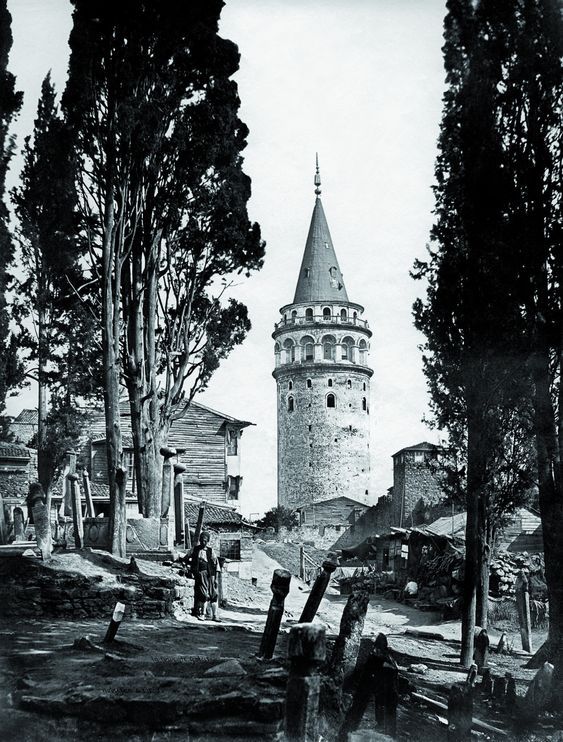
The Galata Tower is one of Istanbul's most famous landmarks. He surveys Beyoğlu and Karaköy from his enthroned position, while the colorful lights of the tower can be seen at night from anywhere in the city.
As the 17th century turned, the tower was used for a short time by the Mehter Band, an Ottoman military band, and in 1717 the Brandobservatory, due to the bird's eye view of the historic city. In 1794, a fire destroyed the tower, but it was during the reign of Sultan Selim III. Restored. At this time, a cumba (niche) was added. After the destructive effects of another fire in 1831, the tower was again restored on behalf of Sultan Mahmut and extended by two more floors and a conical tip. Today, the 66.90-meter-high tower only serves as a tourist attraction. Visitors stand in line to enjoy a spectacular 360-degree view of Istanbul from the balcony. Fortunately, an elevator takes visitors up to seven floors, but the last two floors are accessible only by stairs.
As for some interesting stories about the Galata Tower, one of the most famous stories revolves around the legendary Ottoman aviator Hezarfen Ahmet Çelebi. According to a report by Evliya Çelebi, a researcher who recorded his observations in a famous Seyahâtnâme travelogue, Hezârfen Çelebi flew with wings from the spire to Doğancılar Square in Üsküdar. Because of this spectacular performance, Sultan Murad Khan was allegedly suspicious and sent him into exile to Algeria.
Open from 9am to 7pm
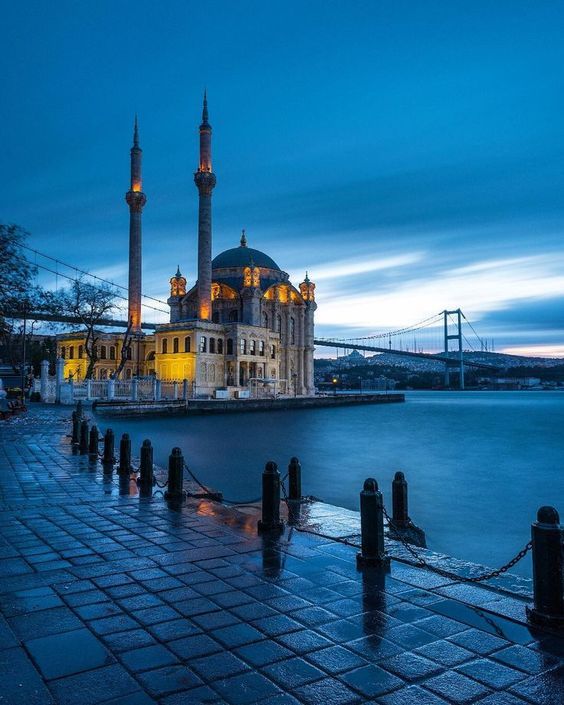
The Ortakoy Mosque in Turkey is located in front of the Bosphorus Bridge and must be one of the most picturesque backdrops of all Istanbul mosques. Indeed, photos of the Ortakoy Mosque show that the bridge often uses the background to demonstrate Istanbul's particular juxtaposition of tradition and modernity.
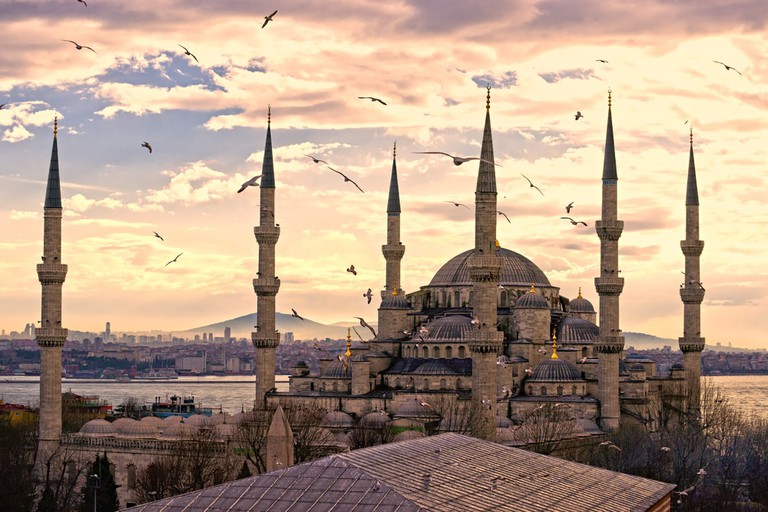
Commonly known as the Blue Mosque due to the hand-painted blue wall tiles, the Sultan Ahmed Mosque is still a functioning place of worship. A popular tourist attraction due to its phenomenal architectural design which incorporates both Byzantine and Islamic elements, the mosque is one of only three in Turkey to have six minarets – apparently the architect misheard the request for altın minareler (gold minarets) as altı minare (six minarets).

Beautiful Sultanahmet Mosque picture.
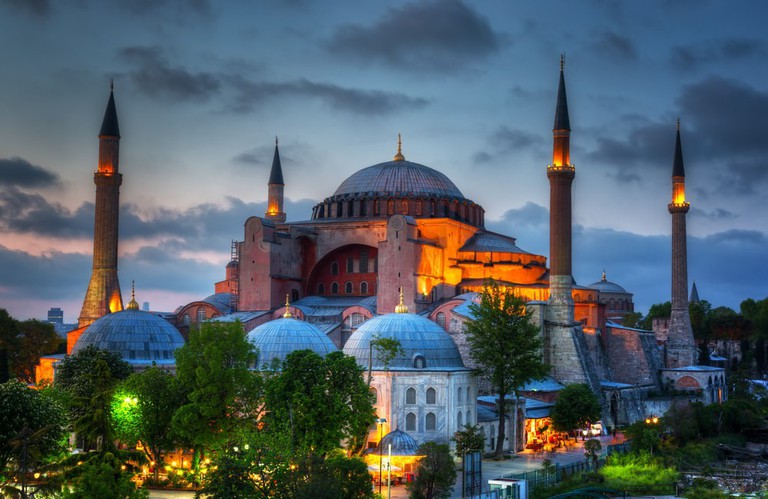
Once the world’s largest cathedral, the Hagia Sophia was erected in 537 AD as a Byzantine basilica before it was converted into an Ottoman mosque in 1453. Still as jaw-droppingly stunning as the day it was finished, the Hagia Sophia is now a museum that welcomes architecture and cultural lovers all year round.
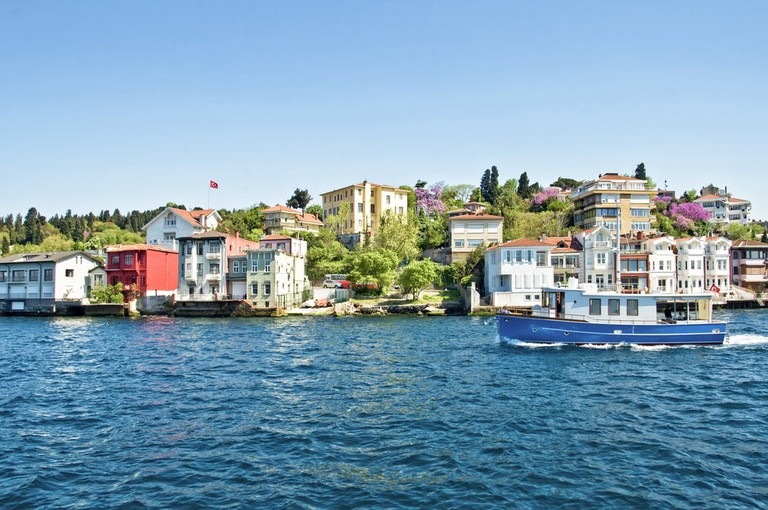
At 19 miles long, the Bosphorus not only connects the Black Sea with the Mediterranean, but also splits Istanbul between two continents, Europe and Asia. Probably one of the most important straits in the world, this watery boundary houses numerous Byzantine and Ottoman fortifications as well as a mixture of residential homes, making it ideal for a boat trip.

With so much going on above ground, it should come as no surprise that Istanbul also has some exceptionally intriguing venues below the city’s surface. Like something out of the Lord of the Rings franchise, the Basilica Cistern is an underground water reservoir just beneath the Hagia Sofia. Reached by a 52-step staircase, the 9,800 square-metre space houses 336 columns and has the potential capacity to store 100,000 tons of water.
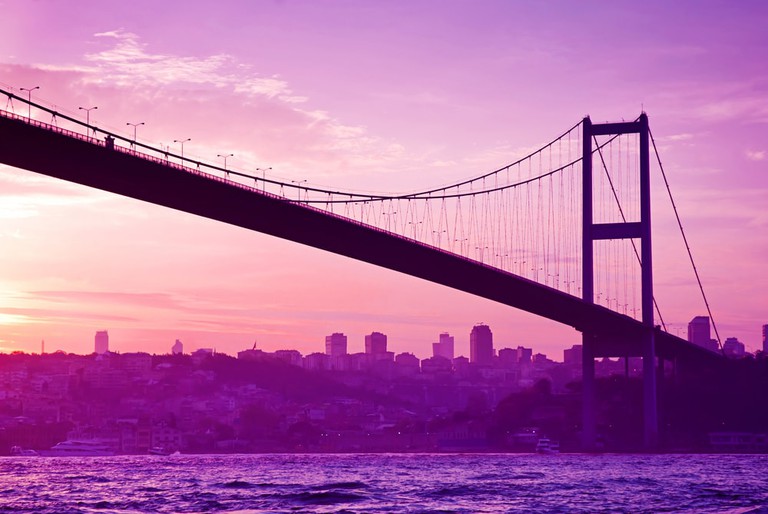
One of three suspension bridges over the Bosphorus strait, the recently renamed 15 July Martyrs’ Bridge links Europe and Asia. Like something you might expect to see on the Californian coast, the magnificent bridge currently holds the slot of 25th longest suspension bridge in the world. Pedestrians can no longer walk across it, but it does make for a great sunset backdrop for all the Instagram posts you’ll be taking.
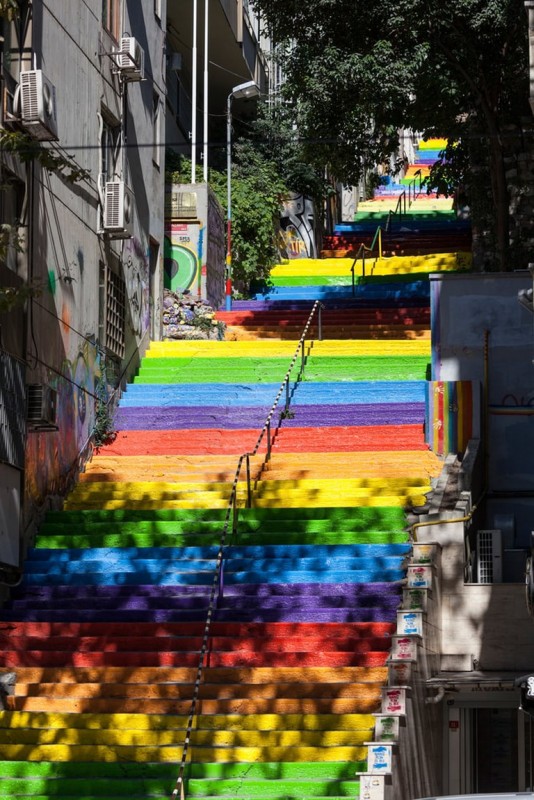
You’ll find these colourful steps in the arty Cihangir district of Istanbul. The wonderful story about how they came about is similar to that of the Selarón Staircase in Rio de Janeiro. Huseyin Cetinel, a retired forestry engineer painted the steps in bright colours over four days. Why? To give people something to smile about. The local government reacted rather abruptly and repainted the concrete steps grey, but soon the steps regained their colourful hue after public outrage.
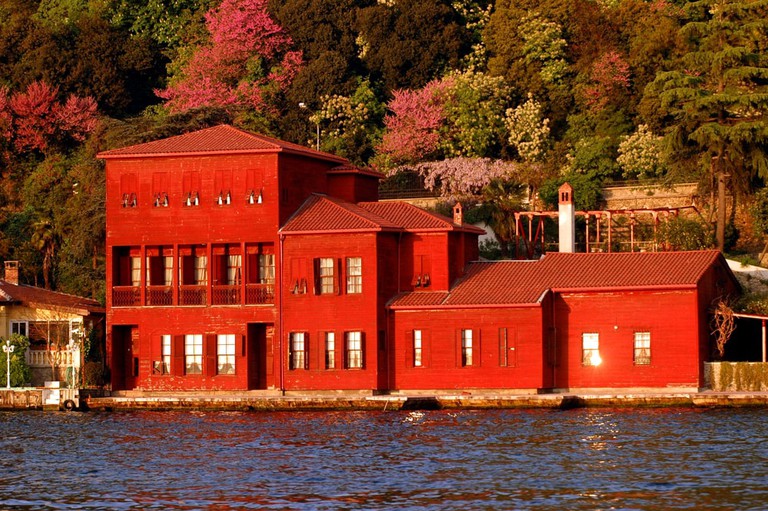
Once the residence of court medic, Salih Efendi, the ‘Red House’ is always a curious discovery when taking a river-boat ride. Painted deep crimson to indicate the home of an important civil servant, Hekimbaşi Yalisi not only adds a splash colour to the banks of the Bosphorus, but also some architectural variety.
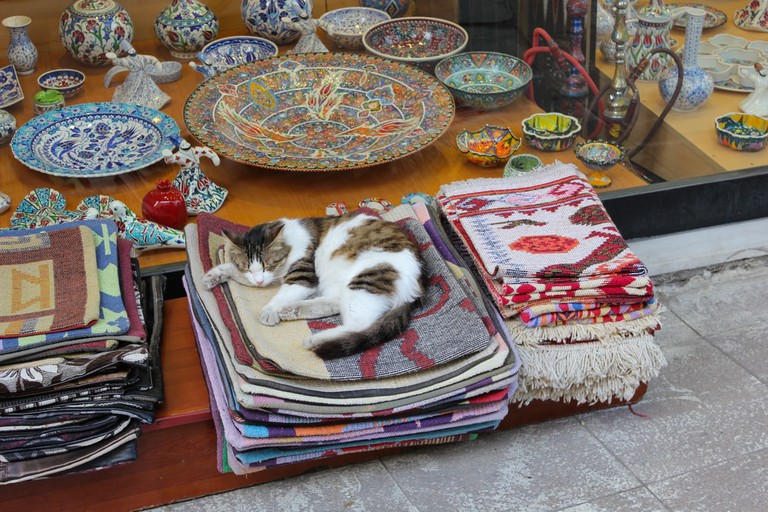
If you’re a cat person, then Istanbul is the city for you. You can’t walk two steps without encountering one of the city’s many street cats. Whether they are taking a nap on a motorbike seat or taking shelter from the sun in a building’s doorway, cats are the unofficial symbol of Istanbul.
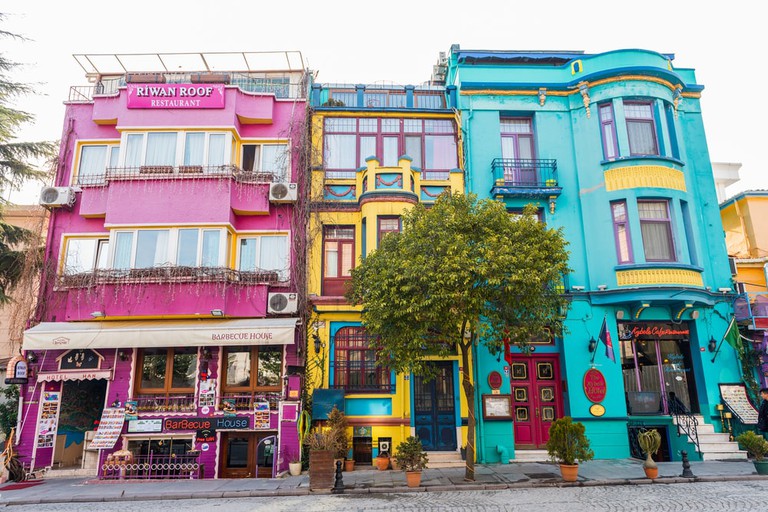
The vibrantly-coloured painted buildings on Yerebatan Caddesi in the historical Sultanahmet district will brighten your trip to Istanbul. Near the Basilica Cistern and Hagia Sophia, numerous restaurants, cafes and hotels have reinvigorated the street, whose name translates as ‘the avenue that sinks into the ground’, into the perfect must-visit destination to take some respite from Istanbul’s hustle and bustle.

If you want to try a classic Istanbul delicacy then head to the Galata Bridge on the mouth of the Golden Horn, where you’ll find traditional Turkish boats selling fish sandwiches. Over a century ago, enterprising fisherman, who brought their catch from the Bosphorus and Sea of Marmara to sell by the bridge, started to cook the fish and sell it as a cheap snack.
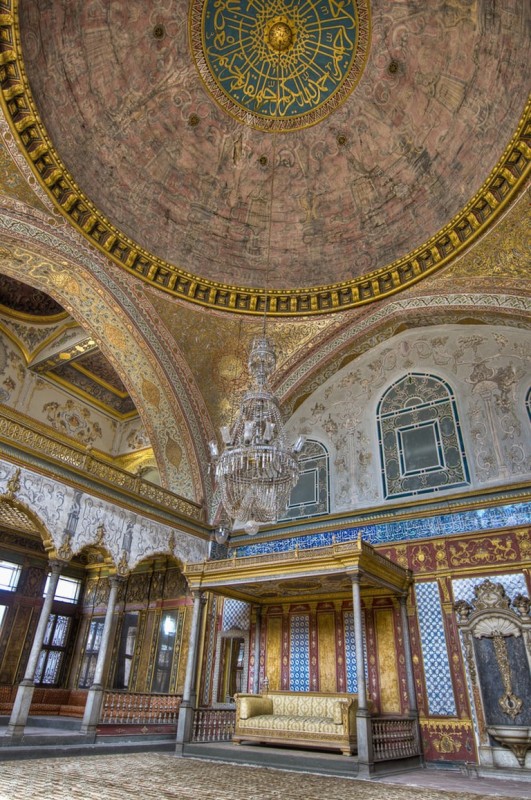
Built by Sultan Mehmed the Conqueror, the majestic Topkapi Palace is one of the most superb examples of Ottoman architecture with its opulent designs that adorn the walls and ceilings. The enormous UNESCO World Heritage site was constantly being adapted to reflect each reigning Sultan’s tastes, making it a truly unique piece of history and a must-visit experience while in Istanbul.
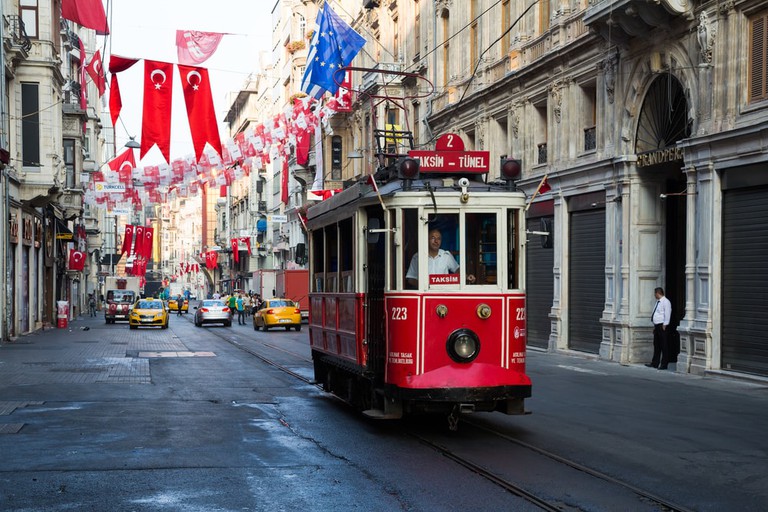
In a megatroplois such as Istanbul, there are multiple transport options but you ought to try the restored 19th century tram on İstiklal Caddesi, not necessarily for efficiency but for nostalgic novelty.
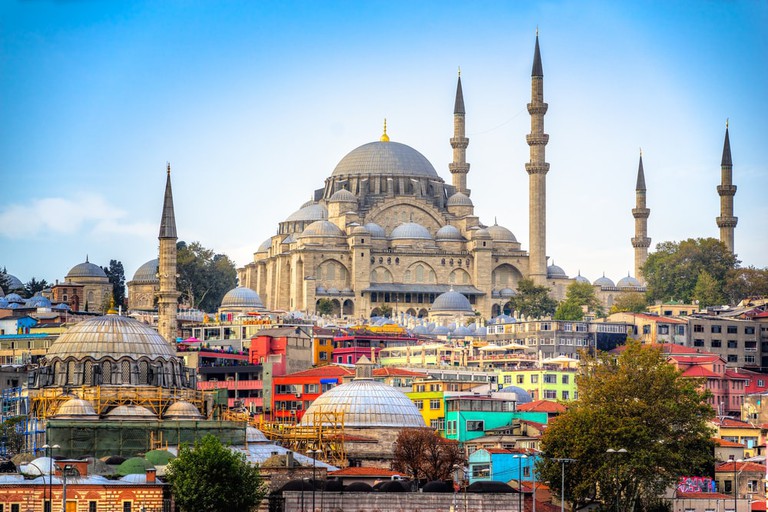
In a city that can boast over 3,000 mosques, you could be forgiven for thinking that you might get bored at the sight of them. But with such variation, each mosque tells a story. Overlooking the Golden Horn, the beautiful Süleymaniye Mosque is the city’s second largest. Built by the the famous Ottoman architect, Mimar Sinan, it’s an exceptional example of 16th century Ottoman architecture and also houses the tombs of Süleyman and his wife Haseki Hürrem.
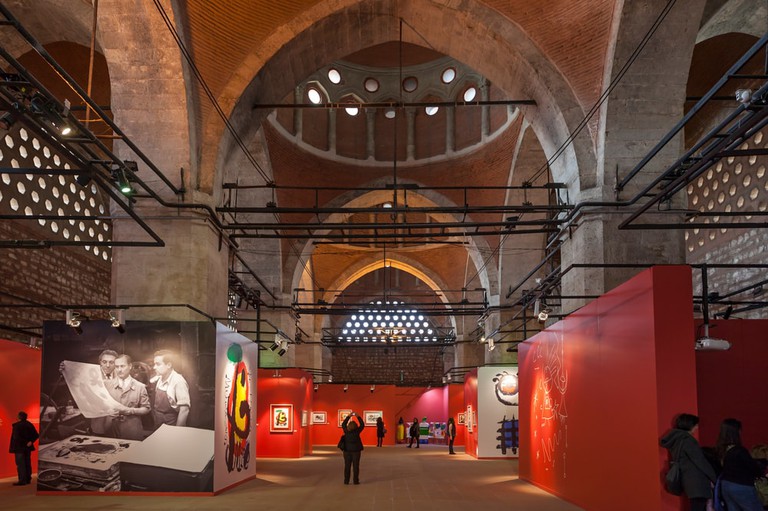
The grandeur of the former 15th-century cannon foundry is truly captivating. Another commission of Sultan Mehmed the Conqueror, the Tophane-i Amire has gone through various uses, from education centre to military museum. Today though, it’s the ideal architectural location to host art exhibitions in its three cathedral-like spaces.
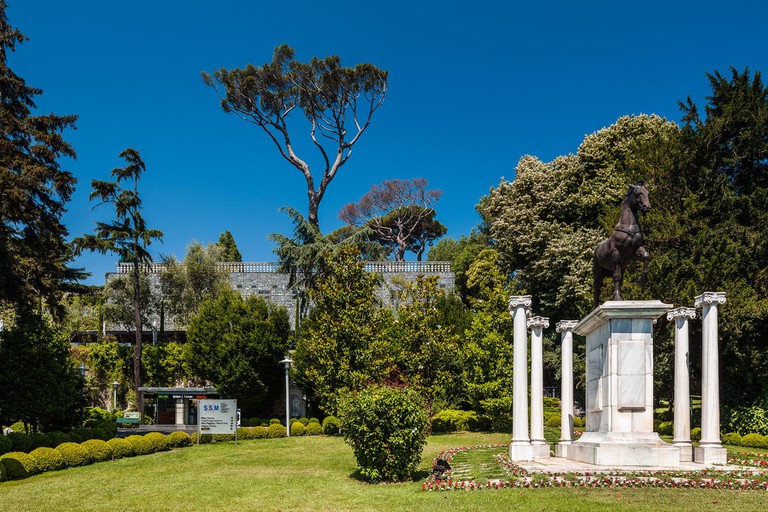
With it’s picturesque views across the Bosphorus and verdant landscaped grounds, the Sabancı University’s Sakıp Sabancı Museum in Emirgan was once the villa of the Egyptian prince, Mehmed Ali Hasan. It’s since become known as ‘the mansion with the horse’ because of the equestrian statue by French sculptor, Louis-Joseph Daumas, in the hilltop garden. Today the museum houses a permanent collection of Turkish paintings as well as showcases temporary exhibitions by contemporary artists such as Ai Weiwei.

With its remarkable Byzantine frescoes, the former Greek Orthodox Church is something of a hidden Istanbul gem. Now a museum, the Chora Church is filled with an array of impressive mosaics that depict the life of Christ and the painted dome show Mary with 12 attendant angels. It’s a little piece of heaven within the original walled part of the city that can’t be missed during your trip.
See The Price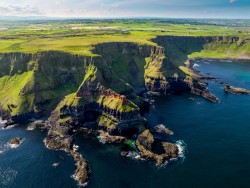 5 Hidden Gems in Ireland that Most Tourists Miss
5 Hidden Gems in Ireland that Most Tourists MissA trip across the pond to Ireland is a dream come true ...
Chilewitz Julian
One of the best views in Istanbul. Loved it. My Granddaughter is Turkish & born on Istanbul.